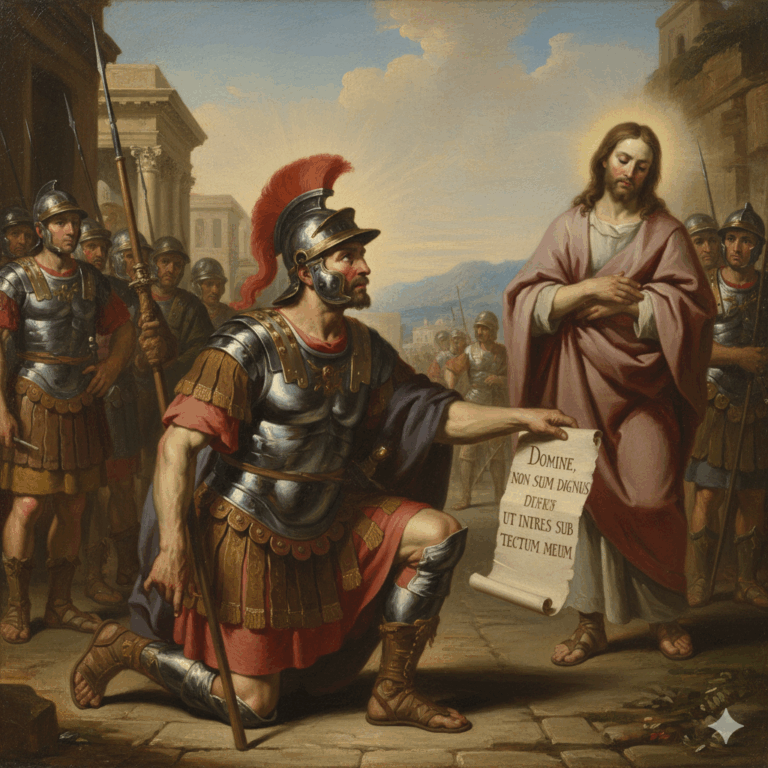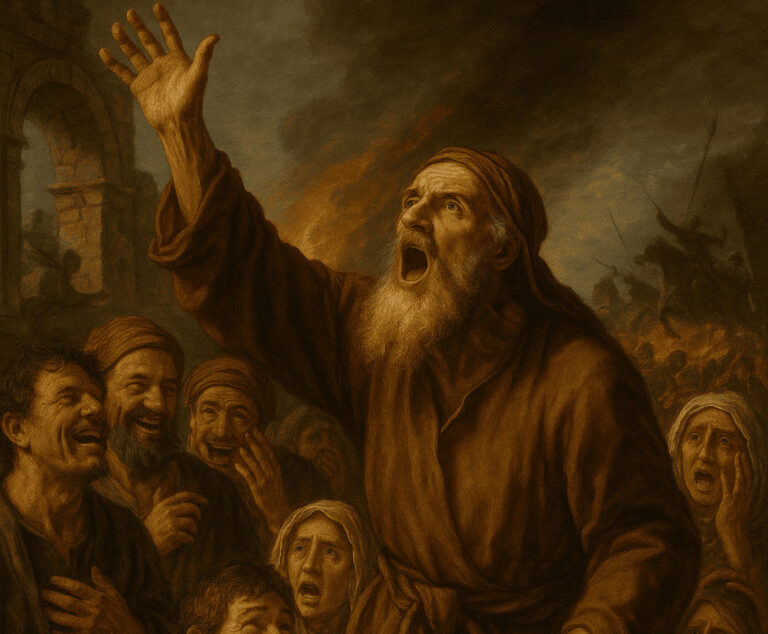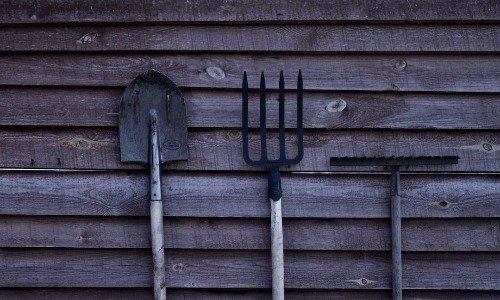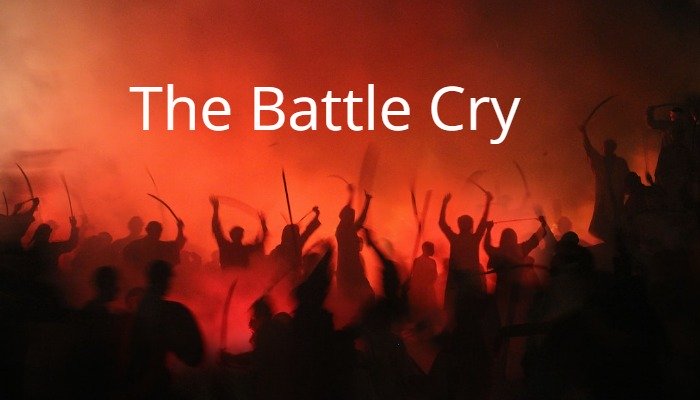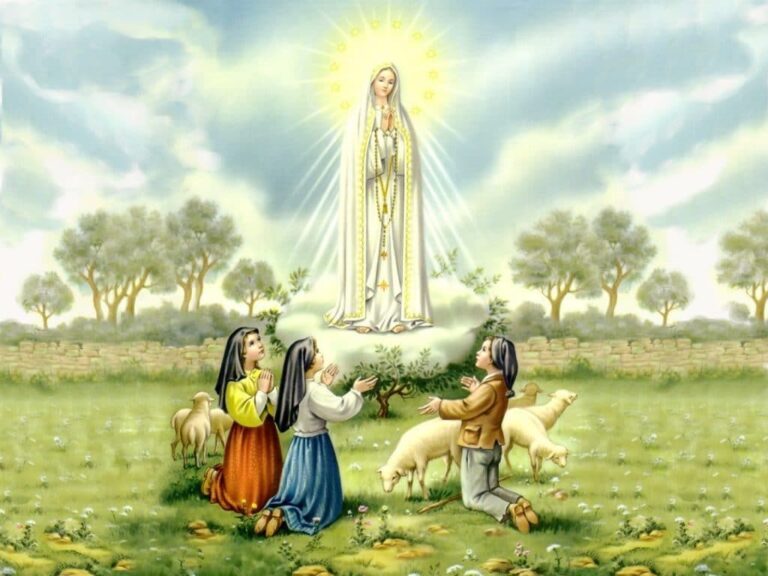Part I: The Challenge of Perseverance and the Gift of the Brown Scapular
In every age, the question echoes: “Lord, are they few who are saved?” (Luke 13:23). The Gospel warns us of the narrow gate, yet also assures us of God’s mercy and the spiritual helps He provides along the way. In a world plagued by relativism and spiritual distraction, the call to holiness is more urgent than ever.
This reflection explores the challenge of perseverance, the hope of divine mercy, and the maternal protection of Mary through the ancient gift of the Brown Scapular.
The Question That Unsettles Every Generation
“As He went through the cities and towns teaching and making His journey to Jerusalem, a certain man said to Him: ‘Lord, are they few that are saved?’ But He said to them: ‘Strive to enter by the narrow gate; for many, I say to you, shall seek to enter, and shall not be able.'” (Luke 13:22–24)
At first hearing, this passage can unsettle the faint-hearted. The image of a narrow gate and the suggestion that many will not enter can seem almost discouraging. Yet there is more here than a warning—there is an invitation, a call to action wrapped in divine concern for our souls.
The question was asked as Jesus traveled from the region of Perea toward Jerusalem on His final journey to the Cross. One man sought personal enlightenment, but Jesus’ answer was addressed to all: salvation requires effort, perseverance, and fidelity to His way. Christ does not say the gate is locked or that it is impossible to enter—He says we must strive to enter. The door is open, but the path demands our full engagement.

The Urgency of Holiness in Our Present Age
The call to holiness, according to one’s state in life, has never been more urgent than in our present age, where relativism and modernism plague the moral landscape. The modern world whispers that there are many paths to God, that sincerity alone suffices, that rigid adherence to truth is unnecessary. Yet the saints are unanimous in their witness: there is no other path to the Kingdom but the narrow one.
St. Colette reminds us with beautiful clarity: “If there be a true way that leads to the Everlasting Kingdom, it is most certainly that of suffering, patiently endured.” This is not masochism, but realism. The Christian life involves sacrifice, self-denial, and the daily carrying of one’s cross. It requires choosing God’s will over our own comfort, truth over convenience.
When We Stumble: Confronting Discouragement and Despair
In striving for holiness, we inevitably stumble. This is the universal human experience. And in those moments of humiliation and discouragement, many are tempted to give up—believing that only a few will be saved, and that they are certainly not among them. The memory of past sins can haunt us, even after sacramental confession, whispering the insidious lie that God will not welcome us back, that we have gone too far, that His mercy has limits.
But this is not true.
The mercy of God is deeper than our failures, and His desire to restore us is infinitely greater than our shame. The Prodigal Son returned home expecting to be treated as a servant; instead, he was embraced as a beloved child. The woman caught in adultery expected condemnation; instead, she heard, “Neither do I condemn you. Go and sin no more” (John 8:11). Peter denied Christ three times and wept bitterly; yet Christ restored him and made him the rock upon which He would build His Church.
Holiness is not perfection—it is perseverance in grace. It is getting back up after every fall, returning to confession, trusting in mercy, and continuing the journey. The narrow gate is not narrow because God is stingy with salvation, but because it requires us to strip away everything that prevents us from entering: our pride, our attachments to sin, our resistance to His will.

A Mother’s Gift for Perilous Times
Our own times are indeed perilous—perhaps uniquely so in the intensity of spiritual confusion and moral chaos. Yet the Lord’s precepts remain unchanged, and in His mercy, He has given us many helps through the Blessed Virgin Mary. One such profound gift is the Brown Scapular of Mount Carmel.
On July 16, 1251, in Aylesford, England, St. Simon Stock, a Carmelite friar, prayed fervently for his struggling religious order. The Order of Carmelites was facing severe persecution and decline. In his hour of need, the Blessed Virgin Mary appeared to him, surrounded by angels, holding the Brown Scapular in her hands. She gave it to him with these consoling words:
“This shall be a privilege for you and all Carmelites: that anyone dying in this habit shall not suffer eternal fire.”
This is known as the Scapular Promise—a pledge of Mary’s maternal protection for those who wear the scapular with devotion. Over time, the Church extended this promise to the lay faithful who are properly enrolled and wear the scapular faithfully as a sign of consecration to Mary.

The Sabbatine Privilege: Mary’s Continued Intercession
The graces of the Brown Scapular extend even beyond death. The Sabbatine Privilege, promulgated by Pope John XXII in 1322, further assures that Mary will assist those who wear the scapular faithfully, live chastely according to their state in life, and pray either the Rosary or the Little Office of the Blessed Virgin Mary. According to this privilege, Our Lady will deliver them from purgatory on the first Saturday after their death.
While the theological status of this privilege has been debated, the Church has consistently encouraged devotion to the Brown Scapular as a powerful means of obtaining Mary’s intercession. It is not a magical charm or a superstitious object—it is a sacramental, a sacred sign that disposes us to receive grace and places us under the mantle of the Mother of God.
In a world of wide and easy roads that promise fulfillment without sacrifice, the Brown Scapular is a gentle but firm reminder to choose the narrow gate—the way of Christ, under the mantle of His Mother.
Walking the Narrow Path Under Mary’s Protection
The words of Christ about the narrow gate are not meant to crush our hope, but to awaken our resolve. In every age, the path to eternal life has been steep and demanding—yet never without the steadying hand of grace. Today, as the world offers countless broad and easy roads paved with self-indulgence and spiritual complacency, the Lord still calls us to the way that few choose, but which alone leads to life.
And in His infinite mercy, He has not left us to walk it alone.
The Brown Scapular is more than a piece of cloth; it is a sign of belonging, a quiet but powerful declaration that we have placed ourselves under the protection of the Mother who stood at the foot of the Cross. It is a tangible reminder that perseverance is possible—not because we rely on our own strength, but because we depend on the intercession of the one who never abandoned her Son, even in His darkest hour.
If the narrow gate seems daunting, it is because it truly is. Jesus does not minimize the difficulty. But it is also the gate through which countless saints have passed, often leaning on Mary’s arm for support. Her maternal care is not merely a poetic sentiment or pious metaphor; it is a real and active participation in the salvation of souls, willed by God Himself and proven throughout the centuries by the testimonies of the faithful.
How to Receive the Brown Scapular
Those who wish to wear the Brown Scapular must be properly enrolled by a priest or authorized minister. The scapular should be worn continuously as a sign of devotion to Mary and commitment to living a Christian life. While it may be replaced with the Scapular Medal, traditional practice encourages wearing the cloth scapular itself.
The conditions for receiving its full benefits are:
- Proper enrollment by a priest
- Continuous wearing of the scapular
- Living chastely according to one’s state in life
- Daily recitation of the Rosary (or Little Office of the Blessed Virgin Mary, for those bound to it)
Conclusion: Hope for the Journey
As we face the challenges of our age—relativism, secularism, and the constant temptation to choose the broad road of comfort and compromise—let us not lose heart. The narrow gate remains open. Mary stands beside it, inviting us to walk the path her Son walked, assuring us of her prayers and protection.
The question is not whether few or many will be saved, but whether we will make the daily choice to strive, to persevere, to rise after falling, and to continue toward the narrow gate. With the Brown Scapular over our shoulders and the Rosary in our hands, we walk not alone, but under the mantle of the Mother of God.
Stay tuned for Part II, where we will explore further spiritual weapons for perseverance on the narrow path.

